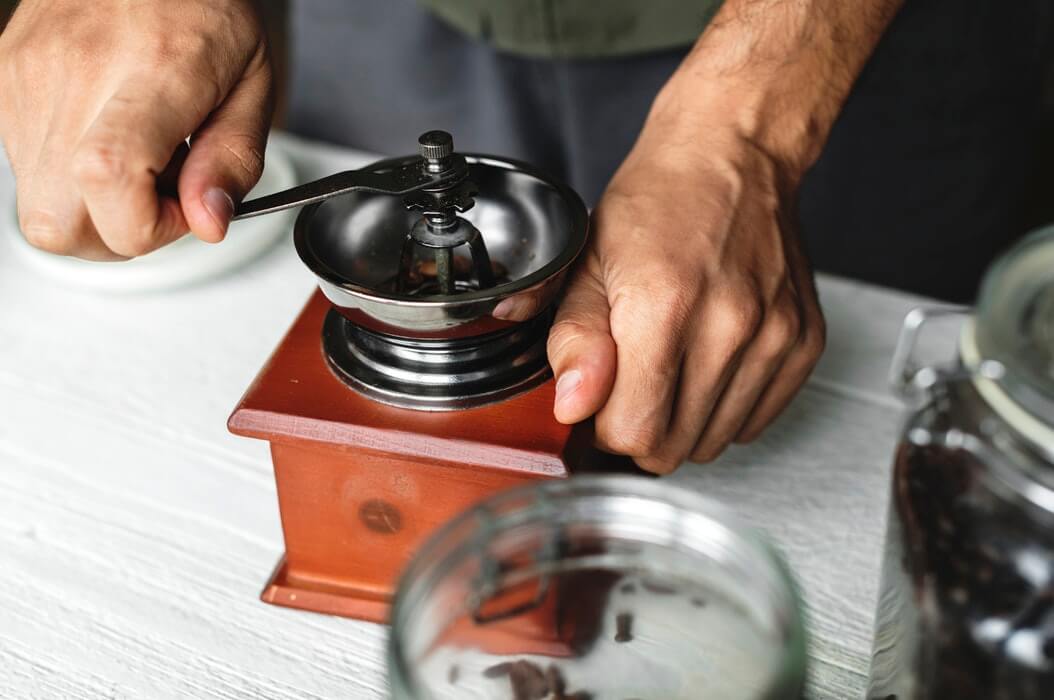Six Secrets to Great Tasting Office Coffee
Are you sick of having to leave the office and walk down the road in order to find decent coffee? Or perhaps you’re just confused as to why, despite all your efforts, you can’t make a cup of coffee as good as your local barista. You might even have access to an espresso machine, which for some reason doesn’t want to cooperate with you.
What if we told you that you could make better coffee than a barista, from the comfort of your own office?
Making a quality cup of office coffee is a science, and like a science experiment there are a bunch of variables that you need to control. The perfect brew is achieved by making sure each of these aspects are controlled and refined as you practice your barista skills.
Here’s the six secrets to great tasting office coffee:
Beans
Of course, it starts with the beans. Fresh coffee beans are the foundation for a brilliant brew, and yes they must be fresh.
Read more on choosing the right coffee beans for your office.
While everyone has their preferred style and flavour, there are two things that must be done correctly no matter what beans you’re using.
1. Grind them fresh for each cup of coffee.
Grinding your beans just before brewing will ensure you’re achieving maximum flavour and freshness.
2. Store them correctly.
Store your beans in an airtight container, in a dark, dry place.
Read more on the benefits of using fresh beans in your coffee machine.
Grinders
While we’re talking about grinding fresh beans, the grinder itself is a variable in the coffee making exercise. There are two main types of grinder: burr and blade.
Blade grinders
A blade grinder works like a blender, and will chop your beans into uneven pieces with zero precision. Even though it may look like a fine powder to the naked eye, it’s won’t be the best grind and your resulting cup of coffee will suffer as a result.
Burr grinders
Burr grinders have sharp opposing edges, that cut and crush the fresh beans into submission. They come in both ceramic and steel options, and are the best way to ensure a uniformly fine grind. Of course they’re often far more expensive than the blade option, but are really the best way to control this variable.
Coffee machine
Just as important as the beans however, is the machine you’re using. Of course you should already be familiar with how it works, but you also need to make sure it’s configured correctly for the type of brew you’re attempting to create. Again this will come down to preference.
The part that isn’t subjective however, is the cleanliness of the machine. Ever seen someone clean a coffee machine? You should probably assume it’s never been done, and a filthy machine will destroy what could have been a good cup of coffee. Clean your machines people, and make sure the settings are correct before starting your brew.
Cleaning and configuration can be complicated, especially on larger machines. Often it’s easier to get a professional to sort this variable for you. Cafe direct offers free maintenance and repairs on their machines as long as a minimum volume of coffee orders is reached. Let us sort this step for you by checking out our range of office coffee machines.
Water temperature
The temperature you brew your coffee at will change the flavour of what ends up in your cup. The ideal temperature is 96C (205F), but shifting the dial slightly higher or lower will give you you incremental changes to the flavour that you may end up preferring. Find your sweet spot and stick with it. Practice will make the perfect cup of coffee.
Brew time
Like water temperature, brew time is a variable that you’ll have to experiment with to find your exact preference. For a standard espresso machine, you should start at 2 minutes and tweak it from there. The beans you use will also determine the brew time, so do a bit of reading around your coffee beans and flavour preferences, then test what works best for you.
You
We’ve saved the most important variable for last. We hate to say it, but the most common reason coffee turns out bad is because of the person making it. All of the above can be controlled within very tight specifications according to your own preferences, but it’s up to you to do so. One small oversight, or lack of care during the brewing process can send everything down the drain.
Like any skill, it just comes down to careful experimentation and practice. Research your ideal cup of coffee online to find brewing recommendations and start with strictly controlled variables. If the finished product isn’t exactly what you’re after, tweak one variable at a time to see what moves the dial closer to your expectations.
A barista is able to make a nice brew that suits the majority of people; it’s what they’re paid to do. You however, are the only one who will be willing to put in the time and effort required to make your own personalised, perfect cup of coffee.
Good luck!

Setup your company for success today


